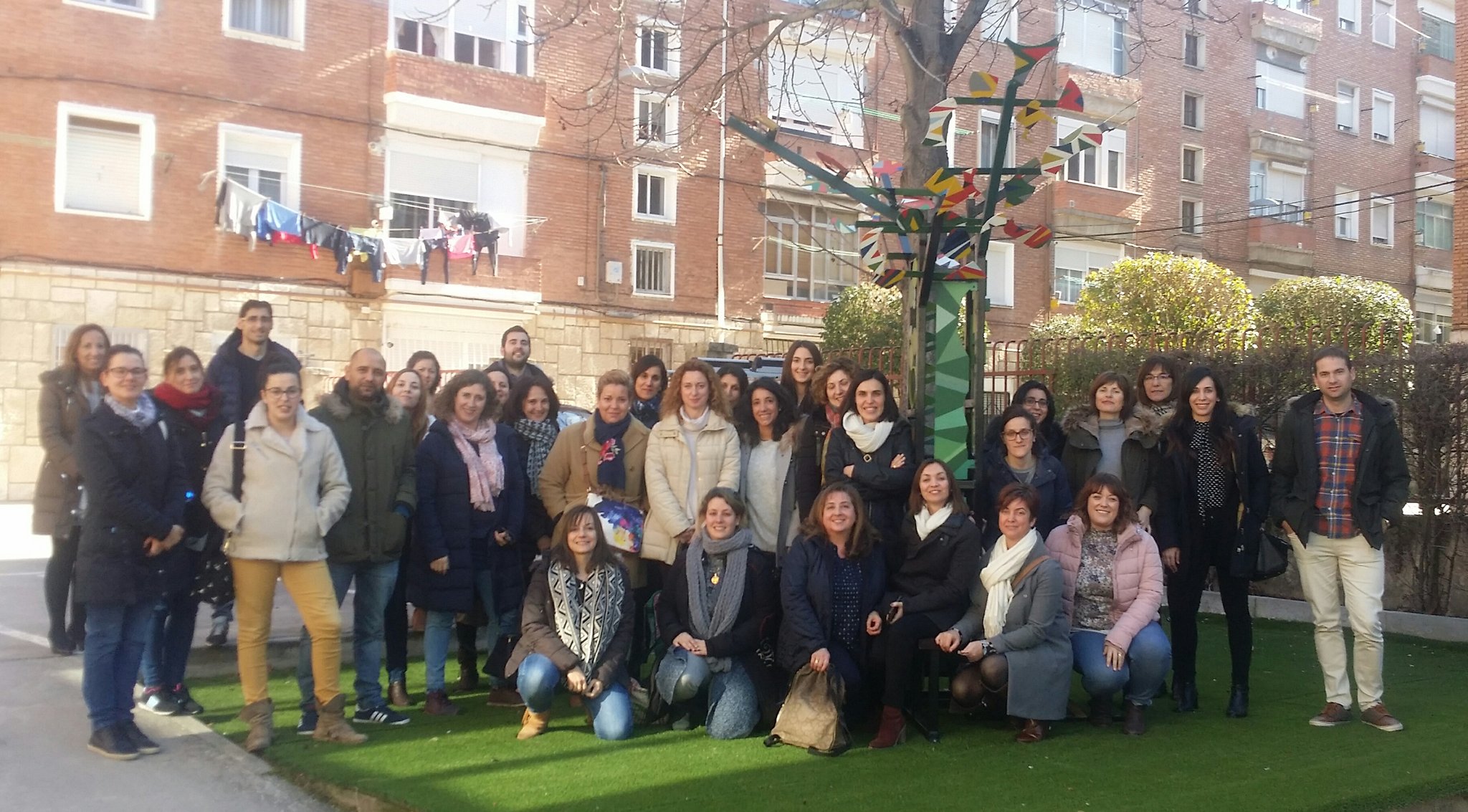Cross-Curricular Mini Project
|
Topic and project title
|
Ecosystems
|
|
Your subject area: How will the project fit with your
subject?
|
Natural Science and Arts.
Students will learn the specific contents of the Natural
Science area and they will put into practice what they learnt in the Arts and
Craft class. At the same time, they will feel more interested about the
Natural Science lesson, having in mind that at the end of the unit they will
work on an Arts and Craft project.
|
|
Who are you doing the project with?
|
None
|
|
Learning objectives
|
To learn about ecosystems and elements (biotope,
biocenosis, population, community, habitat).
To identify the different types and characteristics of
ecosystems.
To learn about the relationships between living things:
food chains, populations...
To learn about environmental problems and how to look
after the environment.
To work and cooperate with other students.
|
|
Anticipated problems (and solutions)
|
To deal with new/difficult vocabulary.
Students will make a list with the new vocabulary.
Dictionaries can be used too.
To understand new contents.
During the explanations, children will watch different
videos to support their learning.
To do a specific task related to the subject (oral and written
exercises)
Cooperative learning will help students to cope with
difficulties by working in pairs for daily activities and by working in big
groups to carry out more difficult tasks like the ecosystem mini project
presentation or the crawl wall activity.
|
Teach your mini-project. Reflect on how it went. Be prepared
to give feedback.
|
v
Group
and date taught
|
v
5th Grade students.
v
From 5th to 23rd
February,2018
|
|
What did you do?
|
Students were introduced to the new unit "Ecosystems"
through different pictures, using the"see, think, wonder technique"
(IBL), encouraging them to guess and predict the contents of the topic.
What can you see in this picture? Where do you think is it? Is it cold or hot? What happens in this picture?
To teach the contents of the lesson, different resources
were used in the classroom such as pictures, videos, games and songs.
To increase their curiosity and attention, students were
told that throughout the month, they should write a short essay about an animal
and its habitat to decorate the walls of the school aisle.
At the same time, during the Arts and Crafts lesson, they
should work in groups, choosing an ecosystem to create. First, they should
use the internet and books to find out information about the ecosystem. Then,
they collect the information on a paper, write labels for the components of
the ecosystem and make the model use all kind of materials (plasticine,
plastic toys, drawings, pictures...) When the model is finished, students
present their work to the class.
Introduction pictures
Materials used
Students’
work
|
|
What went well
|
Students were very motivated about the mini-project. They
were very pleased to work in groups.
They gained confidence speaking in front of their
classmates and showing them their work.
|
|
Reflection for future
practice
|
|
|
What needed improvement/changes and
why
|
More sessions/time to prepare students' speech in front of
the class.
|
|
What would you change considering
level, age or other factors
|
I would promote more interaction between students,
developing other activities to promote communication like making a survey to
other students from different classrooms during the break time.
|
Links/materials
here:
Videos
Ecosystems: https://www.youtube.com/watch?v=qr_U1P7XwhI
Food chains:
https://www.youtube.com/watch?v=pasB5FxhVUk
Producers,
consumers, decomposers: https://www.youtube.com/watch?v=MPZI2M1fDi8
Pollution: https://www.youtube.com/watch?v=sbUR6C9EMkA
Ecosystem Wall Crawl activity
|
3. ALL OF THE LIVING THINGS THAT MAKE UP AN
ECOSYSTEM
|
|
5.ALL OF THE NON- LIVING THINGS THAT MAKE UP AN
ECOSYSTEM
|
|
4.USED TO DESCRIBE AN ANIMAL OR PLANT SPECIES THAT
NO LONGER EXISTS
|
|
1.THE PLACE WHERE A PARTICULAR ORGANISM LIVES
|
|
8.THE RELATIONSHIP BETWEEN ANIAMALS THAT ARE OF
DIFFERENT SPECIES
|
|
2.THE RELATIONSHIP BETWEEN ANIMALS THAT ARE THE SAME
SPECIES
|
|
6.THE PRACTICE OF TAKING TOO MANY FISH FROM THE SEAS
AND OCEANS
|
|
7.HARMFUL SUBSTANCES THAT ARE RELEASED INTO THE AIR,
WATER OR SOIL
|
ANWERS
KEY:
3. BIOCENOSIS
5-BIOTOPE
4 EXTINCT
1 HABITAT
8 INTERSPECIFIC R.
2 INTRASPECIFIC R.
6 OVERFISHING
7 POLLUTION










No hay comentarios:
Publicar un comentario